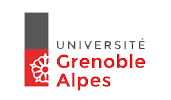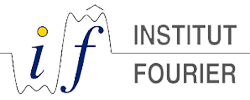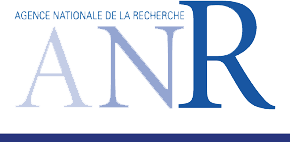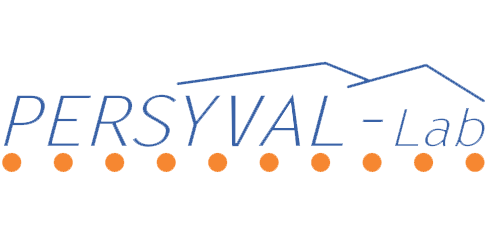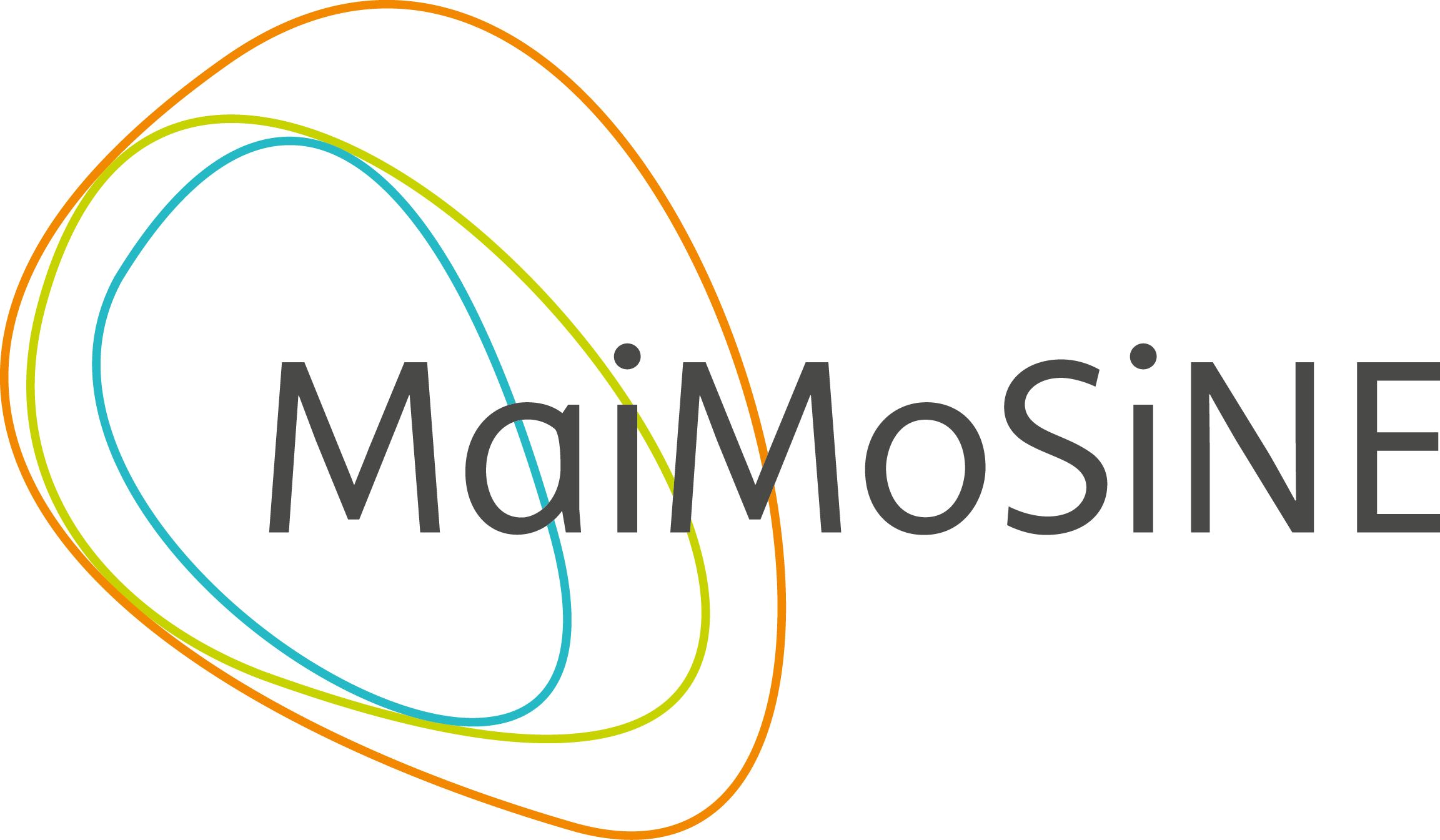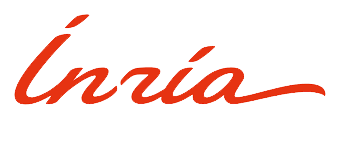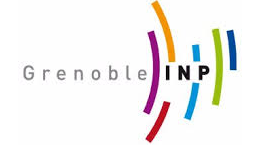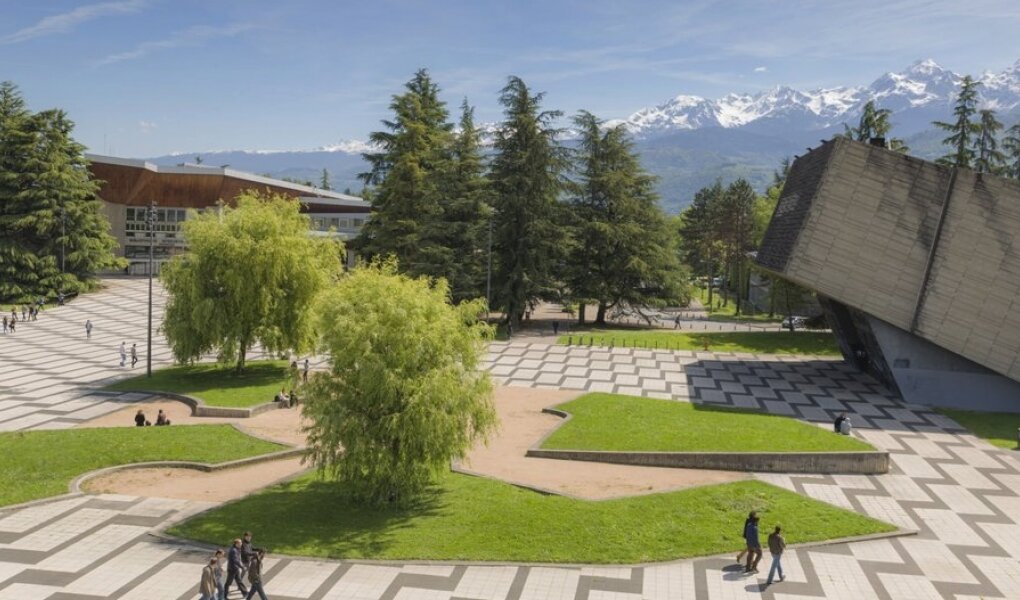
A summer school on inverse problems will be organized on July 1st-5th 2019, the week before the AIP conference. The school consists in a series of lectures, primarily intended to graduate students and postdocs, that should give a comprehensive overview of currently very active topics in inverse problems.
The lectures will be given by
- Guilaume Bal (University of Chicago, USA)
- (Universite de Lorraine, France)
- Andreas Kirsch (Karlsruhe Institute of Technology, Germany)
- Bangti Jin (University College London, UK)
The summer school will be organized in the IMAG Building seminar rooms 1-2 on the St Martin d’Hères Campus.
Applicants after filling out the form below need to submit a recommendation letter and a curriculum vitae (CV) to . CV should include contact information, research interest, advisor’s name and other relevant information. Both submissions must be in pdf format.
Registration to the summer school is open until March 15th 2019 and is free of charges. However, due to a limited seating capacity, the organizers will not be able to accept all applications. Applications of registered participants to the AIP conference will be privileged. Acceptance will be notified by March 22nd 2019.
Lectrure 1: Mourad Choulli
Title: Inverse problems for Schrödinger equations with unbounded potentials
Lecture 2: Guillaume Bal
Title: Mathematical problems in photo-acoustic and optical tomography
Abstract: This course presents a mathematical description of inverse problems aiming to reconstruct the optical properties of unknown media (typically biological tissues) from boundary measurements. We will revisit the Calderon problem and analyze in more detail the modality called quantitative photo-acoustic tomography. We will focus on injectivity and stability results and give a tour of the PDE techniques used in such derivations, including complex geometric optics solutions, unique continuation and Runge approximations.
Lecture 3: Bangti Jin
Title: Computational Inverse Problems
Abstract: In the lecture series, we discuss computational techniques for inverse problems, especially variational regularization. Formally, in this approach, the inversion technique is formulated as a suitable optimization problem, where the objective function is a weighted combination of the data fidelity term and suitable penalty term. In recent years, variational regularization has witnessed significant progress in modeling, theory, numerics and applications. We will cover some of these advances. The lecture consists of the following parts: 1) classical regularization in Hilbert space; 2) general variational regularization; 3) stochastic regularization. We shall discuss important theoretical and practical issues and illustrate the theory with examples from linear and nonlinear inverse problems.
Lecture 4: Andreas Kirsch
Title: The Factorization Method for Inverse Problems
Abstract: In this course we introduce the Factorization Method for solving certain inverse problems.First, we explain the Factorization Method for the inverse problem of impedance tomography to recover the support of the contrast from the Neumann-Dirichlet map. After a short repetition of the forward problem we derive the factorization of the (relative) Neumann-Dirichlet map and end up with a simple characterization of the shape of the contrast. As a second and more complicated application we consider the inverse scattering problem to determine the shape of the contrast in the refractive index from the far field patterns for all incident (time-harmonic) plane waves. We begin with the simple finite dimensional example of the scattering by point sources and show the relationship to MUSIC (Multiple Signal Classification). Then we turn to the scattering of time-harmonic acoustic plane waves by an inhomogeneous medium. We will briefly discuss the direct problem with respect to uniqueness and existence and derive the Born approximation. Then we consider the Factorization Method, first for the Born approximation and, finally, for the full nonlinear inverse scattering problem. If time allows we will sketch other inverse problems where the Factorization Method can be applied.
This course will be rather elementary. Knowledge of some basic facts on Hilbert spaces (including the Sobolev spaces Hp(D) for p = 0, 1, 2) is sufficient for understanding this talk.
Talk1: Bangti Jin
Title: Mathematical modeling in magnetic particle imaging
Talk2: Mourad Choulli
Title: An inverse conductivity problem in multifrequency electric impedance tomography
Talk3: Faouzi Triki
Title: Stability for quantitative photoacoustic tomography revisited
| Monday | Tuesday | Wednesday | Thursday | Friday | |
|---|---|---|---|---|---|
| 9h-9h45 | Lecture 2 | Lecture 3 | Lecture 2 | Lecture 4 | |
| 10h-10h45 | Lecture 2 | Lecture 3 | Lecture 4 | Lecture 4 | |
| 10h45-11h15 | coffee break | coffee break | coffee break | coffee break | |
| 11h15-12h | Lecture 1 | Lecture 2 | Lecture 4 | Lecture 3 | |
| 12h-13h30 | Lunch | Lunch | Lunch | Lunch | |
| 13h45-14h30 | Lecture 1 | Excursion | Lecture 3 | Talk 3 | |
| 14h45-15h30 | Opening | Talk1 | Excursion | Talk2 | Closing |
| 15h30-16h15 | Lecture 1 | Excursion | |||
| 16h30-17h15 | Lecture 1 |

